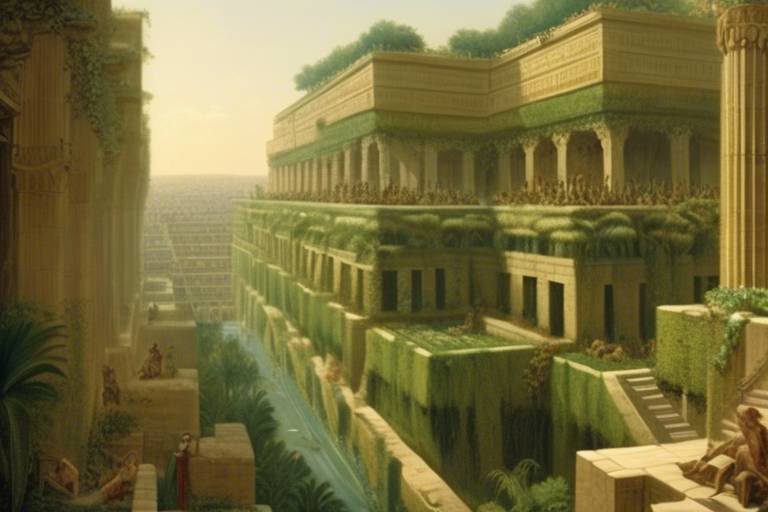The Secrets of the Colossus of Rhodes
Have you ever wondered about the enigmatic secrets shrouding the colossal wonder known as the Colossus of Rhodes? This monumental statue, dedicated to the Greek sun god Helios, stands as a testament to ancient craftsmanship and ingenuity. Erected on the picturesque island of Rhodes in the 3rd century BC, this awe-inspiring structure has captured the imagination of historians and travelers alike for centuries.
Constructed with meticulous detail and grandeur, the Colossus of Rhodes posed significant engineering challenges for the skilled sculptors and architects of antiquity. Using bronze and iron, they crafted a towering figure that symbolized power, protection, and divine favor. The sheer magnitude of this statue reflected the cultural and religious significance it held for the people of Rhodes.
Depicting the radiant figure of Helios, the Greek god of the sun, the Colossus of Rhodes showcased intricate details of his features and attire. This artistic interpretation not only honored the deity but also served as a beacon of hope and strength for the city and its inhabitants. Positioned at the harbor entrance, it stood as a guardian deity, watching over the maritime activities and safeguarding the bustling city of Rhodes.
However, the fate of the Colossus took a tragic turn when an earthquake in 226 BC brought about its destruction, leaving behind a legacy that transcended time. Despite its fall, rumors and speculations have persisted regarding the possibility of reconstructing this ancient marvel in modern times. Ambitious architectural projects have been proposed, inspired by the enduring allure of this legendary statue.
Recent archaeological discoveries have shed new light on the construction, appearance, and cultural significance of the Colossus of Rhodes, offering insights into its rich history and enduring legacy. Even today, the colossal wonder continues to inspire artists, historians, and travelers, sparking new interpretations and representations in various forms of media.

Construction of the Colossus
The construction of the Colossus of Rhodes stands as a testament to the ingenuity and skill of ancient craftsmen. Erected in the 3rd century BC, this colossal statue of the Greek sun god Helios was a marvel of engineering for its time. The process of creating such a monumental sculpture involved intricate planning and execution, utilizing bronze plates over an iron framework to give shape to the towering figure. Imagine the dedication and precision required to assemble such a massive structure, piece by piece, to form the awe-inspiring image of Helios.
As the sun god stood tall, overlooking the harbor of Rhodes, the challenges faced by the sculptors and architects were immense. Not only did they have to ensure the structural integrity of the statue, but they also had to capture the essence of Helios in their craftsmanship. The attention to detail in depicting the god's features and attire added an artistic flair to the construction process, elevating the Colossus to a symbol of divine power and beauty.
Furthermore, the sheer scale of the Colossus posed logistical challenges that required innovative solutions. The use of bronze, a durable and malleable material, allowed for the creation of intricate details while ensuring the statue's longevity. The strategic placement of the Colossus at the entrance of the harbor not only showcased the craftsmanship of its creators but also served a practical purpose as a beacon for sailors and a symbol of protection for the city.

Symbolism and Purpose
The Colossus of Rhodes, one of the Seven Wonders of the Ancient World, stood as a monumental symbol of power, protection, and divine favor on the island of Rhodes. Erected in the 3rd century BC, this massive statue of the Greek sun god Helios held great significance in the cultural and religious life of the ancient Rhodians.
As a towering representation of Helios, the Colossus embodied the embodiment of strength and radiance, with intricate details in its artistic interpretation showcasing the god's features and attire. The statue's imposing presence at the harbor entrance not only depicted Helios as a guardian deity but also served as a strategic protector of the city and its inhabitants.
The symbolic role of the Colossus of Rhodes extended beyond its physical form, embodying the ideals of prosperity and security for the people of Rhodes. Its towering figure cast a watchful eye over the bustling harbor, instilling a sense of confidence and awe in those who passed by.
Despite its eventual destruction by a devastating earthquake in 226 BC, the legacy of the Colossus of Rhodes endured through the ages, inspiring awe and wonder in the hearts of all who heard its tale. The myth and mystery surrounding its ruins continued to captivate the imagination of artists, writers, and historians, leaving an indelible mark on the annals of history.
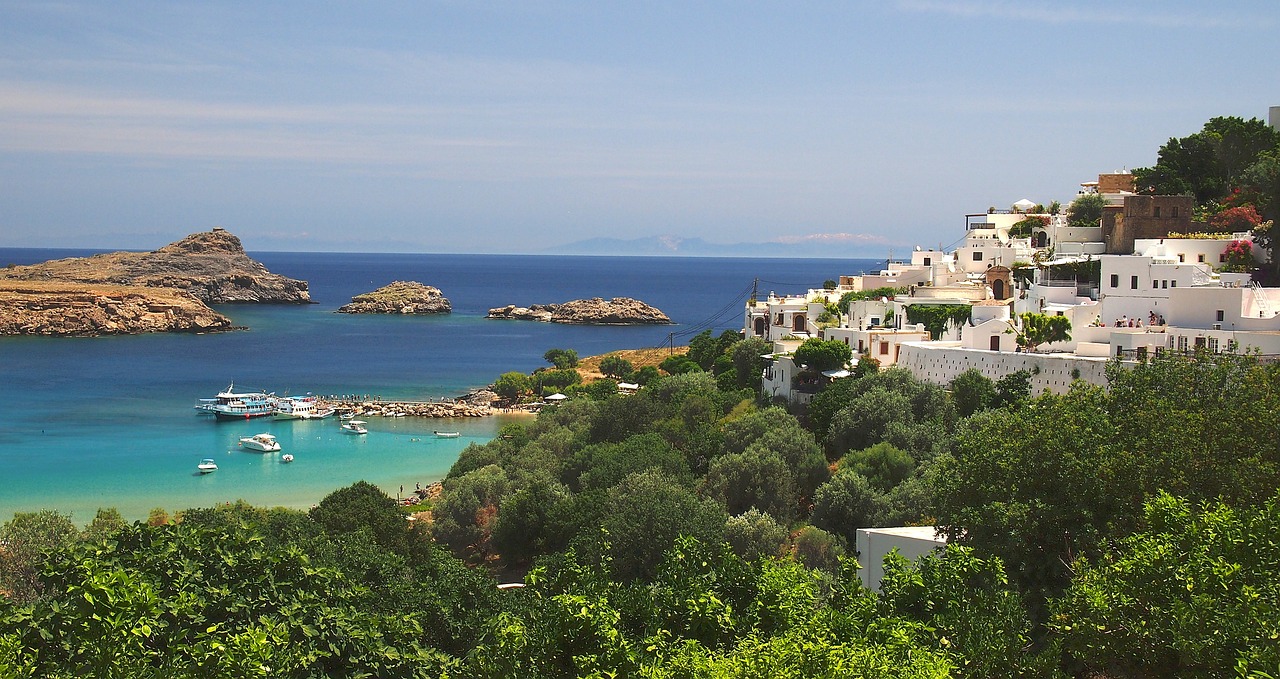
Depiction of Helios
When it comes to the depiction of Helios in the Colossus of Rhodes, we are delving into the realm of divine artistry and symbolism. The ancient sculptors and artists behind this colossal statue spared no detail in capturing the essence of the Greek sun god. Helios, the embodiment of light and power, was represented in the Colossus with meticulous care and reverence.
The statue of Helios stood tall and proud, symbolizing strength and majesty. With his head held high, the god exuded an aura of authority and grace, his features chiseled with precision to reflect his divine nature. Adorned in regal attire, the Colossus of Rhodes presented Helios as a celestial being, radiating light and warmth to all who beheld him.
The depiction of Helios in the Colossus also carried symbolic significance. As the god of the sun, Helios was revered for his role in bringing light and life to the world. The statue served as a visual representation of this vital force, embodying the power of the sun and its benevolent influence on the earth and its inhabitants.
Moreover, the artistic interpretation of Helios in the Colossus extended beyond mere physical likeness. It encapsulated the spiritual essence of the sun god, evoking a sense of awe and reverence in those who gazed upon the monumental statue. The intricate details and craftsmanship invested in the depiction of Helios elevated the Colossus to a sacred status, transcending mere sculpture to become a symbol of divine presence and protection.
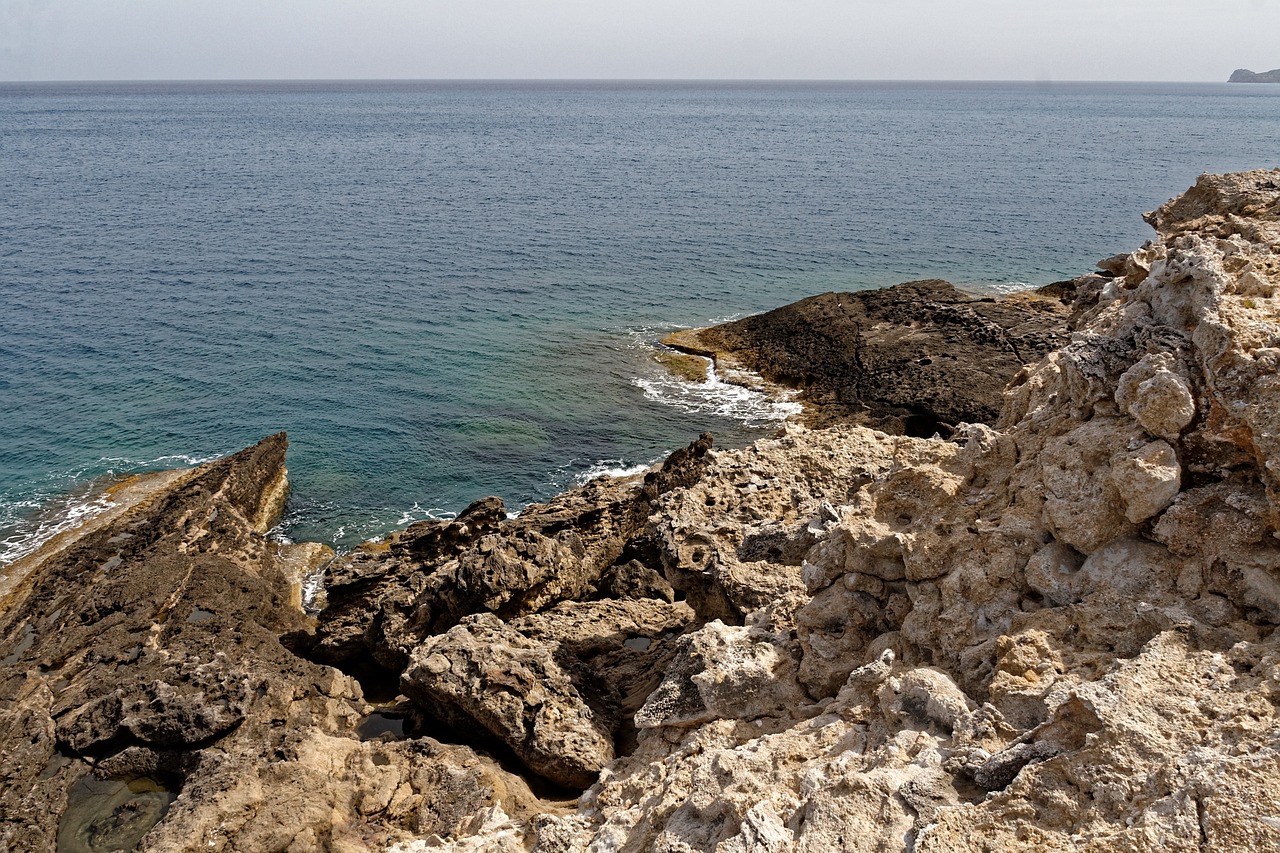
Guardian of the Harbor
The Colossus of Rhodes, standing tall and majestic at the entrance of the harbor, served not only as a monumental statue but also as a symbolic guardian of the city. The ancient Rhodians believed that the colossal figure of Helios watched over the harbor, protecting the ships and the people of Rhodes from harm. It was a beacon of strength and protection, instilling a sense of security and divine favor in the hearts of those who beheld it.
Imagine the awe-inspiring sight of this gigantic statue, gleaming in the sunlight, its presence looming over the harbor like a benevolent sentinel. The strategic positioning of the Colossus not only emphasized its grandeur but also reinforced its role as a guardian deity, a divine protector of the maritime activities and the bustling trade hub of Rhodes.
Legend has it that the Colossus of Rhodes was so immense that ships passing beneath its legs could marvel at its magnificence. Its imposing figure not only marked the entrance to the harbor but also served as a symbolic boundary between the mundane world and the realm of the gods, embodying the power and protection associated with the sun god Helios.
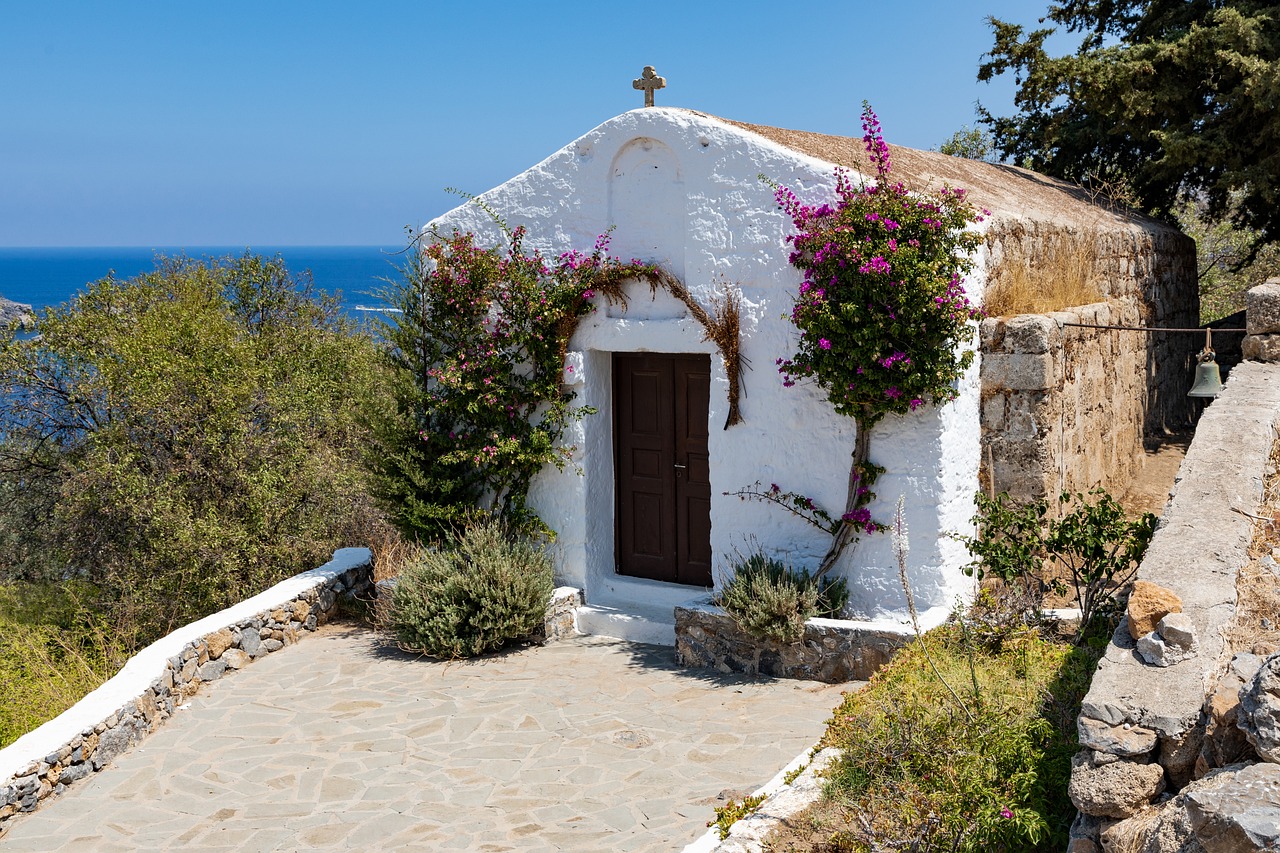
Destruction and Legacy
The destruction of the Colossus of Rhodes in 226 BC marked a tragic end to the monumental statue that had stood as a symbol of power and protection for the ancient city. The massive earthquake that struck the island of Rhodes caused the statue to collapse, leaving it in ruins. Despite its demise, the legacy of the Colossus endured through the centuries, influencing art, literature, and popular culture.
Legends and stories of the Colossus of Rhodes continued to capture the imagination of people, with tales of its grandeur and mythical origins spreading far and wide. The image of the fallen statue served as a reminder of the fleeting nature of human achievements and the power of nature to bring even the mightiest creations to their knees.
While the physical remains of the Colossus lay scattered and lost to time, its legacy lived on in the hearts and minds of those who heard of its grandeur. Artists and writers drew inspiration from the story of the Colossus, incorporating its themes of power, destruction, and resilience into their works.
Modern interpretations of the Colossus of Rhodes often focus on its symbolic significance, exploring themes of hubris, fate, and the cyclical nature of history. The enduring legacy of the Colossus serves as a poignant reminder of the impermanence of human endeavors and the enduring power of myth and legend.
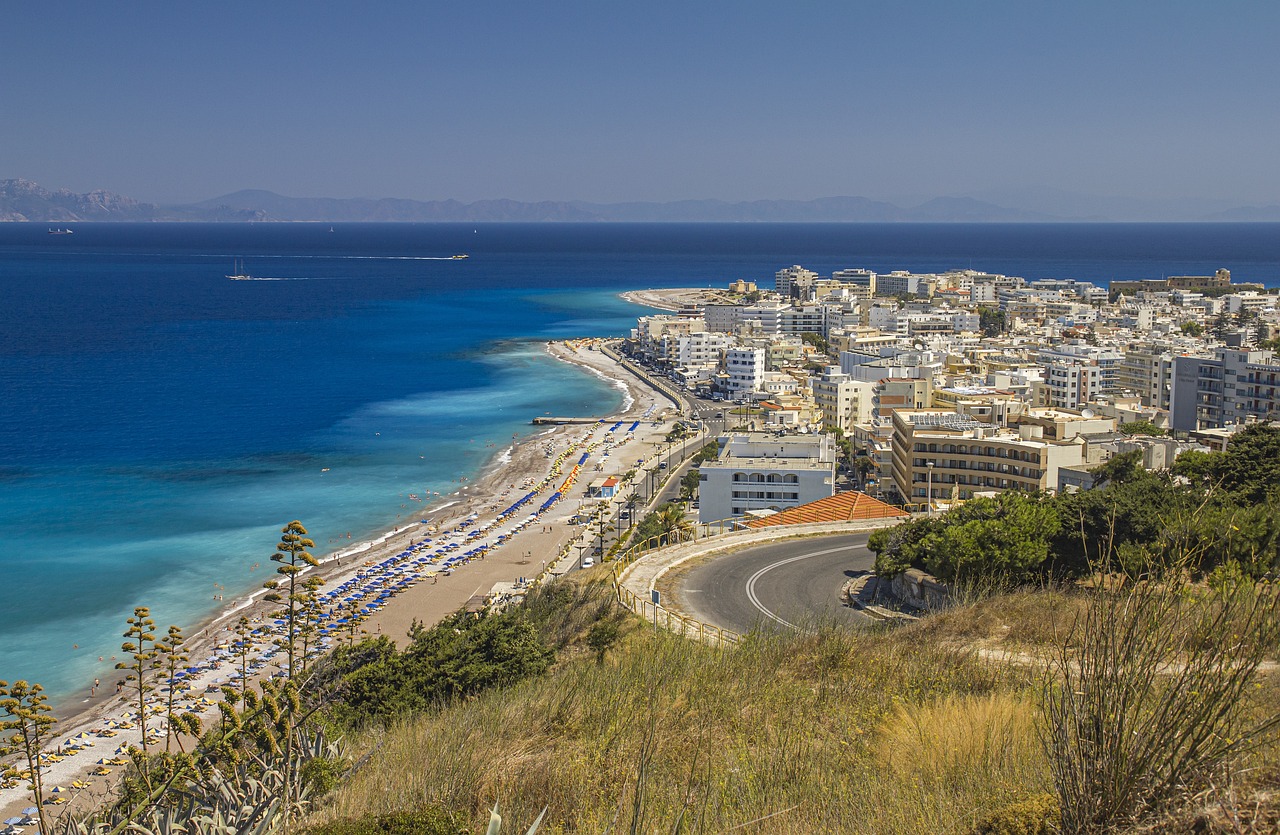
Rumors of Reconstruction
Have you ever wondered if the magnificent Colossus of Rhodes could rise again, casting its shadow over the harbor once more? The surrounding this ancient wonder have sparked the imaginations of architects and dreamers alike. While the original statue met its demise centuries ago, whispers of ambitious projects to resurrect the Colossus have circulated in modern times.
Some speculate that a modern-day version of the Colossus could become a symbol of unity and strength, much like its ancient counterpart symbolized power and protection. The idea of rebuilding this colossal statue stands as a testament to human ingenuity and reverence for the past. Could it be possible to recreate a marvel that once stood as a beacon of hope and resilience?
Architectural enthusiasts have proposed various designs and methods for reconstructing the Colossus of Rhodes, each with its own unique approach and interpretation. From traditional techniques to innovative technologies, the continue to fuel discussions on the intersection of history and contemporary art.
While the practicality of rebuilding such a monumental statue remains a subject of debate, the allure of resurrecting the Colossus persists as a tantalizing prospect. As we ponder the , we are reminded of the enduring legacy of this ancient wonder and the enduring human desire to breathe life into the past.
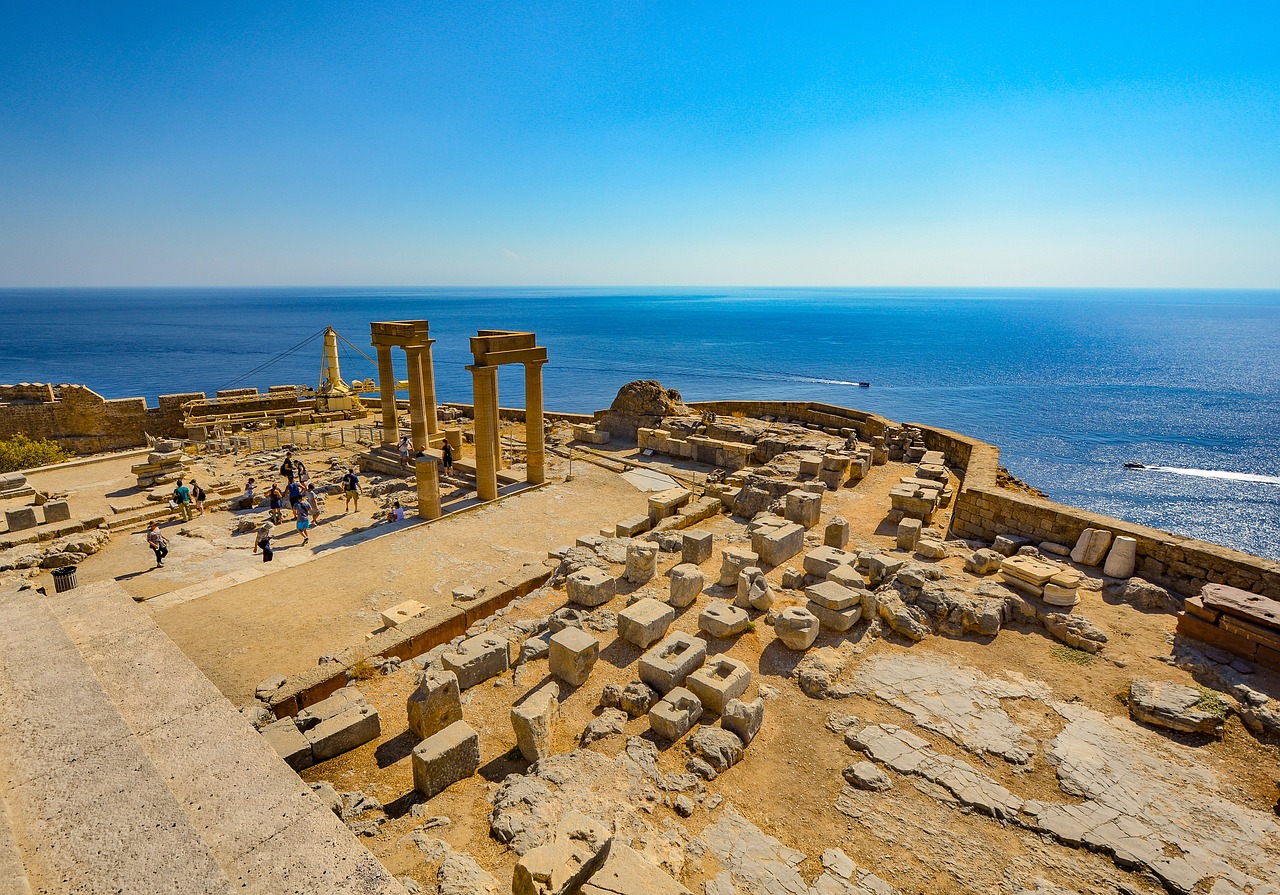
Archaeological Discoveries
The surrounding the Colossus of Rhodes have been a source of fascination and intrigue for historians and archaeologists alike. Recent excavations have unearthed valuable insights into the construction, appearance, and significance of this ancient wonder. One of the most significant discoveries was the finding of fragments of the original statue's bronze plates, giving researchers a glimpse into the colossal size and intricate craftsmanship of the Colossus.
Archaeologists have also uncovered evidence of the pedestal on which the Colossus stood, providing clues about the statue's pose and stance. Through meticulous analysis of these archaeological remains, experts have been able to reconstruct the possible appearance of the Colossus of Rhodes, shedding light on its awe-inspiring presence in the ancient world.
Furthermore, excavations around the site of the Colossus have revealed artifacts and offerings dedicated to Helios, indicating the religious significance of the statue and its role in the spiritual life of the Rhodian people. These discoveries have deepened our understanding of the cultural and religious context in which the Colossus was erected, painting a vivid picture of the ancient beliefs and practices associated with this monumental sculpture.

Modern Interpretations
As time has passed, the Colossus of Rhodes has not faded into obscurity but rather continues to spark fascination and creativity in the modern world. Artists, historians, and travelers alike are drawn to the enigmatic history and grandeur of this ancient wonder, each offering their unique interpretation of its significance.
Contemporary artists have reimagined the colossal statue in various mediums, from paintings and sculptures to digital art and installations. The iconic image of the Colossus straddling the harbor entrance has been depicted in countless ways, capturing the imagination of audiences around the globe.
Historians delve into the depths of the past, seeking to unravel the mysteries surrounding the construction and purpose of the Colossus. Through meticulous research and analysis, they aim to shed light on its symbolic meaning and the cultural context in which it stood.
Travelers who visit the island of Rhodes today are greeted not by the towering figure of Helios but by the remnants of a bygone era. The legacy of the Colossus lives on in the hearts and minds of those who gaze upon the tranquil waters of the harbor, envisioning the majestic statue that once stood guard.
Moreover, popular culture has embraced the Colossus of Rhodes as a symbol of strength, resilience, and artistic ingenuity. Its presence in films, literature, and even video games serves as a reminder of the enduring allure of ancient wonders and the timeless appeal of larger-than-life monuments.
Frequently Asked Questions
- What is the Colossus of Rhodes?
The Colossus of Rhodes was a massive statue of the Greek sun god Helios erected on the island of Rhodes in the 3rd century BC. It was one of the Seven Wonders of the Ancient World.
- How was the Colossus constructed?
The construction of the Colossus of Rhodes involved using bronze plates over an iron framework. The methods and materials used posed significant engineering challenges for the ancient sculptors and architects.
- What was the symbolism and purpose of the Colossus?
The Colossus symbolized power, protection, and divine favor. It played a significant role in the cultural and religious life of the ancient Rhodians, representing their connection to the gods.
- Why was the Colossus placed at the harbor entrance?
The strategic location of the Colossus at the entrance of the harbor of Rhodes served as a guardian deity, believed to protect the city and its inhabitants from enemies and disasters.
- What led to the destruction of the Colossus?
The Colossus of Rhodes was destroyed by an earthquake in 226 BC. The remnants of the statue lay in ruins for centuries, becoming a symbol of the island's former glory.
- Are there any plans to reconstruct the Colossus?
Various theories and speculations exist about reconstructing the Colossus of Rhodes in modern times. However, no concrete plans have been implemented due to the monumental scale of the project.
- What recent archaeological discoveries have been made?
Recent archaeological excavations have revealed new insights into the construction, appearance, and cultural significance of the Colossus of Rhodes, enriching our understanding of this ancient wonder.
- How does the Colossus continue to inspire modern interpretations?
The Colossus of Rhodes remains a source of inspiration for artists, historians, and travelers today. Its legacy lives on in various forms of media, sparking new interpretations and representations.














